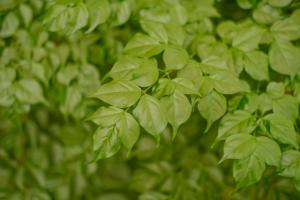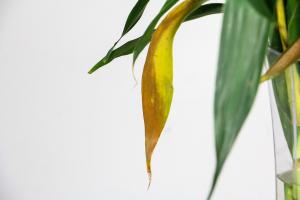How to Trim Tomato Plants for Better Harvest
Tomatoes are one of the most popular vegetables grown in vegetable gardens across the world. They are relatively easy to grow, and offer a bountiful harvest if properly taken care of. One of the most important aspects of growing tomatoes is pruning or trimming. Trimming tomato plants not only helps to keep the plants healthy and disease-free, but also results in a better harvest. In this article, we will discuss the tips and tricks you need to know to trim your tomato plants for better yield.
Why Trim Tomato Plants?
Firstly, trimming tomato plants helps to keep them healthy. Regular trimming allows for better air circulation, preventing the growth of fungus and other plant diseases. Secondly, trimming can also help to redirect the plant's energy towards fruit production. When you trim a tomato plant, you remove the unnecessary leaves and stems that are not contributing to fruit production. This helps to direct the energy towards the fruit, resulting in larger and sweeter tomatoes.
When to Trim Tomato Plants?
Tomato plants should be trimmed at various stages of their growth cycle. For example, when the plant is just starting to grow, it is important to remove the suckers or side shoots that grow between the main stem and branches. This will prevent the plant from becoming too bushy and encourage a stronger central stem. As the plant grows, remove any leaves and stems that are turning yellow, as they are no longer contributing to the plant's health.
How to Trim Tomato Plants?
Trimming tomato plants requires a few tools, including a pair of pruning shears or scissors. When trimming, keep in mind that you want to remove the unhealthy parts of the plant and redirect its energy towards the fruit. Therefore, start by removing any dead or yellow leaves and stems. Then, remove the suckers or side shoots that grow between the main stem and branches. Be careful not to remove too many leaves, as the plant still needs enough leaves to produce energy through photosynthesis.
After Trimming
After trimming, it's important to water the plant and make sure it is getting enough sunlight. Give the plant some time to heal and recover from the trimming process before fertilizing. Too much fertilizer right after trimming can cause the plant to go into shock, which may negatively affect its growth and fruit production. Over time, you'll notice that your tomato plants are producing larger and more abundant fruit, thanks to your trimming efforts.
Conclusion
Trimming tomato plants is an essential part of growing delicious and healthy tomatoes. Knowing when to trim and how to do it properly can make all the difference in the yield and quality of your tomato harvest. With these tips and tricks, you'll be on your way to growing the best tomatoes in town.

 how many times do yo...
how many times do yo... how many planted tre...
how many planted tre... how many pine trees ...
how many pine trees ... how many pecan trees...
how many pecan trees... how many plants comp...
how many plants comp... how many plants can ...
how many plants can ... how many plants and ...
how many plants and ... how many pepper plan...
how many pepper plan...






























